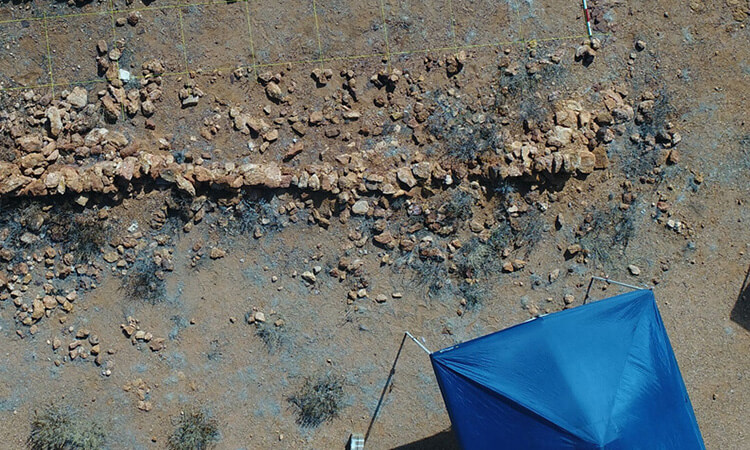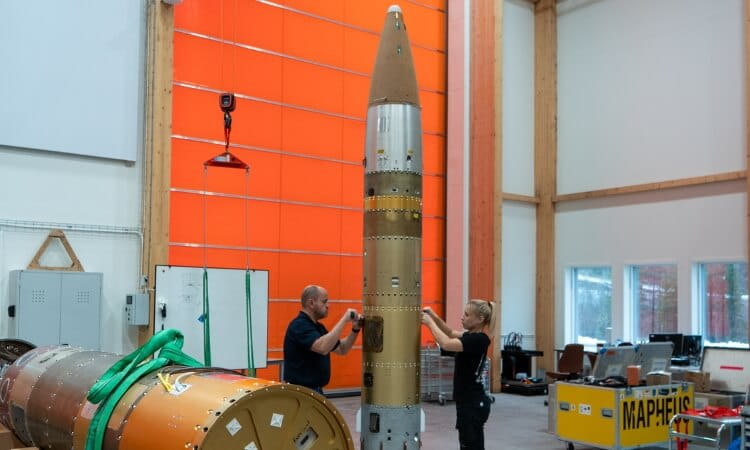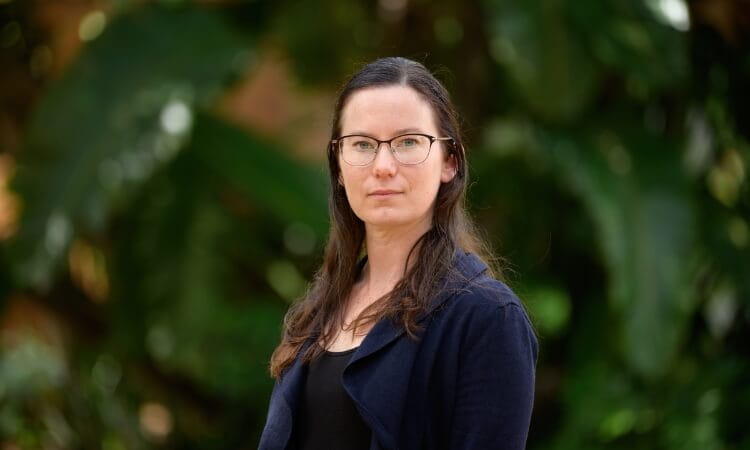Given its importance in the history of the nation, a UniSQ project attempted the first ever systematic archaeological research into frontier conflict between European settlers and Aboriginal traditional owners in Queensland in the 19th century.
Although historical accounts of violent interactions between early colonists and Aboriginal groups are relatively common, to date there have been no systematic archaeological studies of this conflict.
A desire to archaeologically-document this piece of Australian history led to a four-year collaborative research project funded by the Australian Research Council, with UniSQ’s Professor Bryce Barker one of the chief investigators. The “Archaeology of the Native Mounted Police Project “provides new evidence of the NMP and its actions.
The project compares and contrasts material culture and memory to explore a range of questions about understanding frontier conflict, the process of colonialism and its effects, and colonial society’s relationships with Aboriginal peoples both then and now. With the aims to document a little-known and sometimes confronting and controversial aspect of Australia’s colonial past, broadening our knowledge of the true history of the settlement of Queensland.
“There has been a new openness to understand this part of history and acknowledge this,” Professor Barker said.
The most common material evidence of frontier conflict comes from the camps of the Queensland Native Mounted Police. This government sanctioned para-military force operated for more than 50 years in Queensland and northern New South Wales between 1849 to 1904, and resulted in massacres, reprisals and extra-judicial executions.
The camps comprised a range of temporary structures, even though Aboriginal resistance was so persistent in some areas of Queensland that camps had to be maintained for over 20 years. A range of nineteenth century artefacts help determine which sites were former NMP camps. These include NMP specific artefacts such as Snider rifle cartridge cases and bullets, and military items like uniform buttons.
Archaeological excavations of the camps, revealed remarkable detail about how people lived. The evidence shows clear spatial divisions between troopers’ and white officers’ dwellings. The NMP camps provide rich evidence of everyday domestic life including children’s toys, costume jewellery and perfume bottles associated with the troopers’ quarters. These indicate the presence of women and children in the camps. The sites also show troopers continued to use traditional tool making and hunting practices even though they had access to camp rations and European tools.
Aboriginal Traditional Owners were an integral part of this project, and researchers drew extensively on the oral histories of Aboriginal and non-Aboriginal people about troopers, officers, the camps, and conflict.
Professor Barker said while some camps were on land controlled by Traditional Owners, many were on pastoral stations, and both groups had been overwhelmingly positive about uncovering the history of the NMP.



